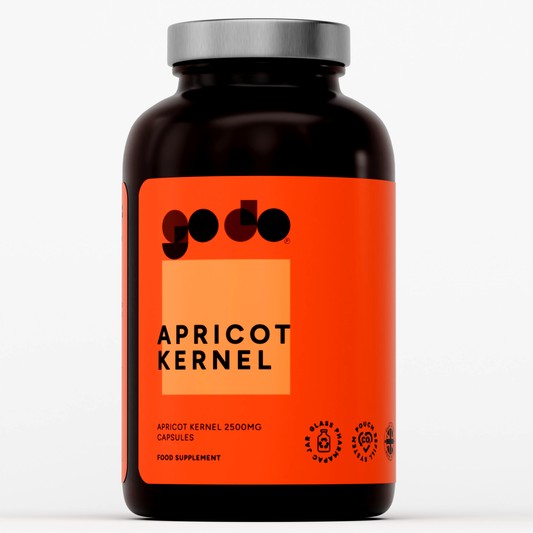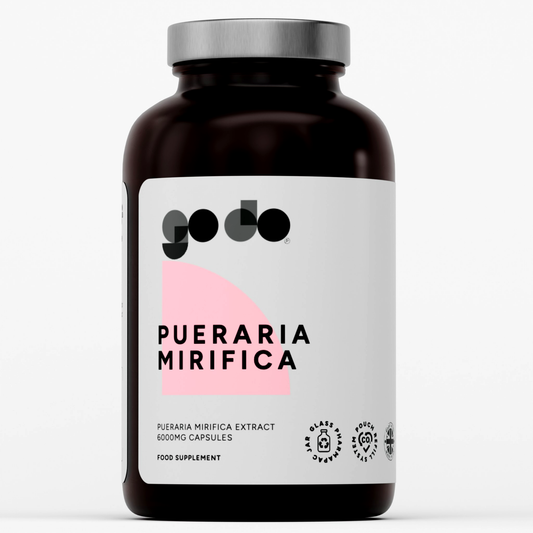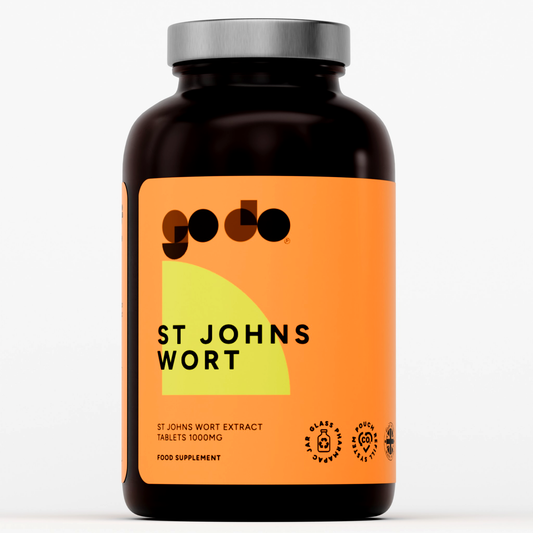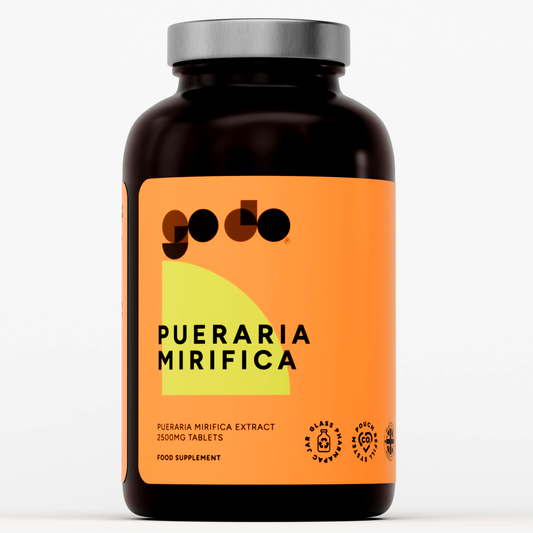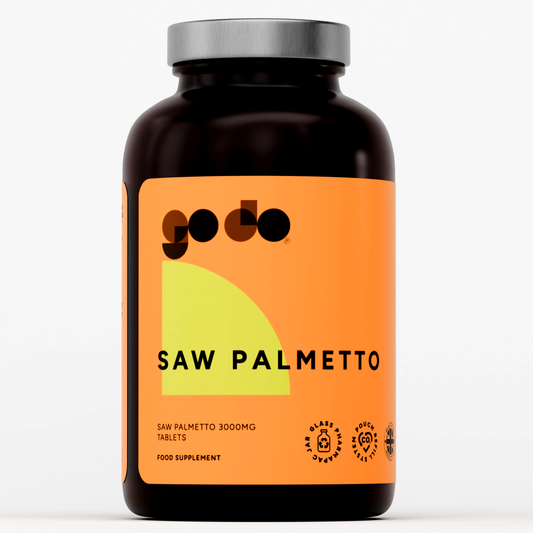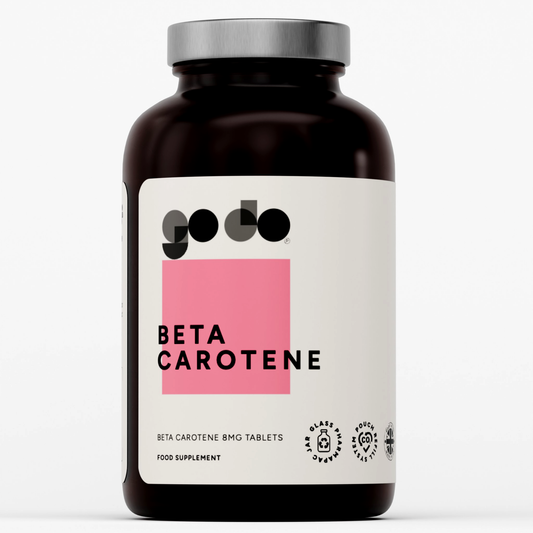
The aim of all training for performance enhancement should be to take the body through Seyle’s stages 1 and 2 of the stress model, delivering sufficient training stress to prompt adaptation without reaching stage 3, collapse. Properly designed training programmes attain positive results by monitoring the degree of stress placed on the body through the management of the volume and intensity of training. It is for that reason significant to have a way of calculating volume and intensity. Volume is the aggregate quantity of weight lifted in a workout or collection of workouts. In a simple equation it is the repetitions multiplied by the weight in order to yield volume, or:
Repetitions x Weight: Volume
The calculation is repeated for each exercise incorporated in the workout session. In that way the whole volume of stress applied can be calculated. It may be more valuable to consider only work set volume, since it is the work sets and not the warm-ups that are disturbing homeostasis and causing stage 1 of Seyle’s model. That said, if an individual implements a tremendously large quantity of warm-up sets, it might be suitable to contemplate their effect on training bulk. Intensity is the quantity of weight lifted, or the average quantity of weight lifted in a workout or cluster of workouts, with respect to the individual’s one repetition maximum (or 1RM), or the maximum weight that the individual can lift for a single repetition. In an equation, it can be seen through the following:
Volume / Repetitions: Average weight
Average weight / 1RM x 100: % Intensity
Simply put, an intensity of 75% is greater than an intensity of 40% of a 1RM. Intensity, as quantified with respect to % of 1RM may be fairly one-dimensional, but it is the most hands-on and handy method, especially for those that need a way to accurately measure work and progress.
Bibliography
- Bompa, Tudor O. Periodization: theory and methodology of training. 5th ed. Champaign, IL: Human Kinetics, 2009.
- Rippetoe, Mark, Lon Kilgore, and Glenn Pendlay. Practical programming for strength training. Wichita Falls, Tex.: Aasgaard Co., 2006.



